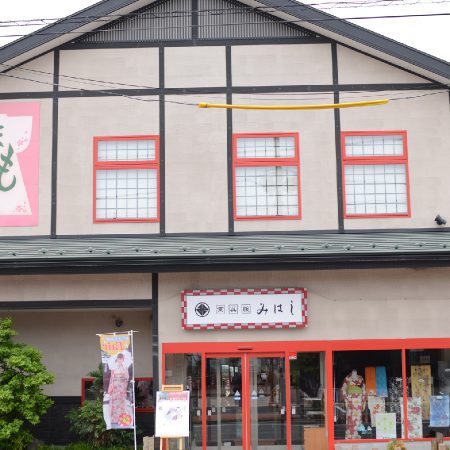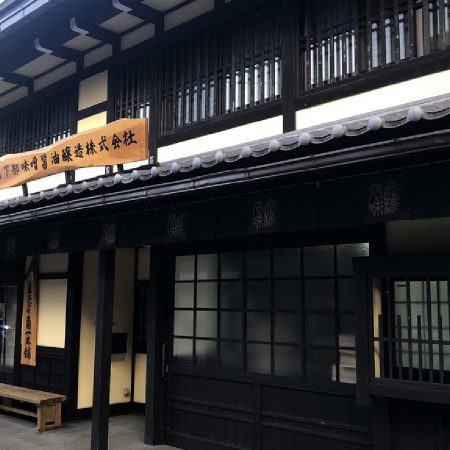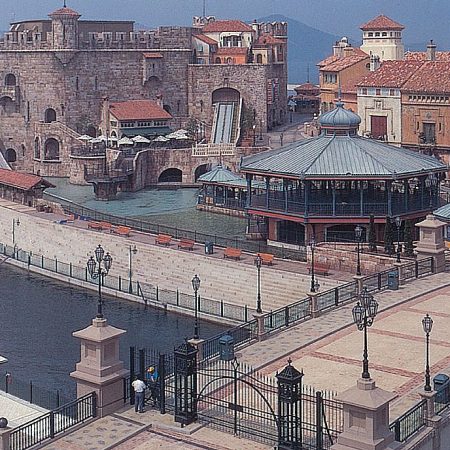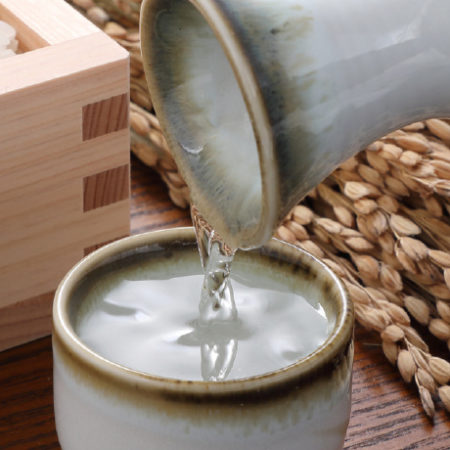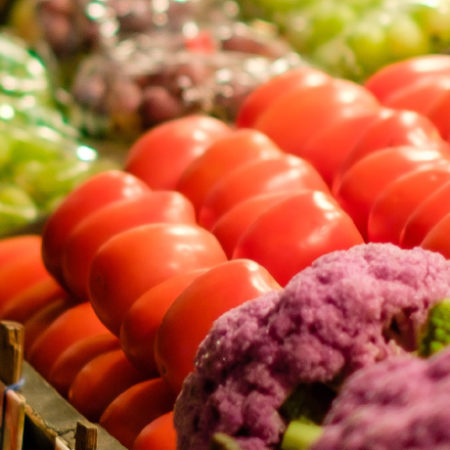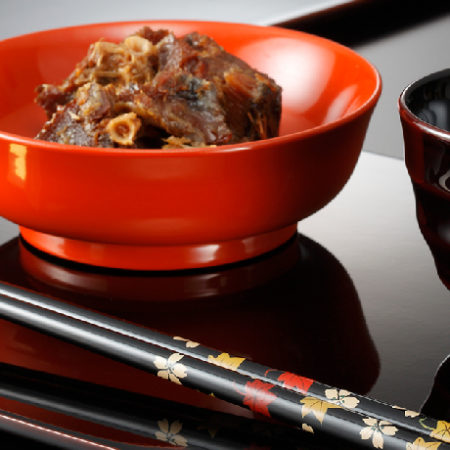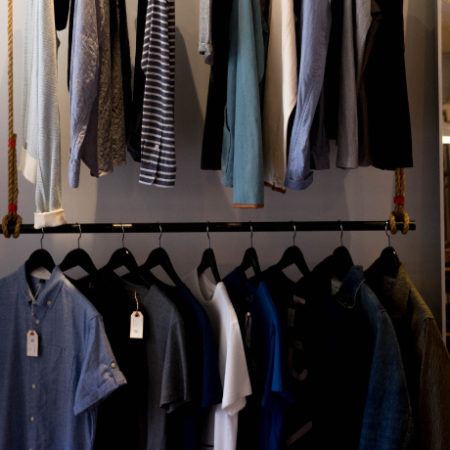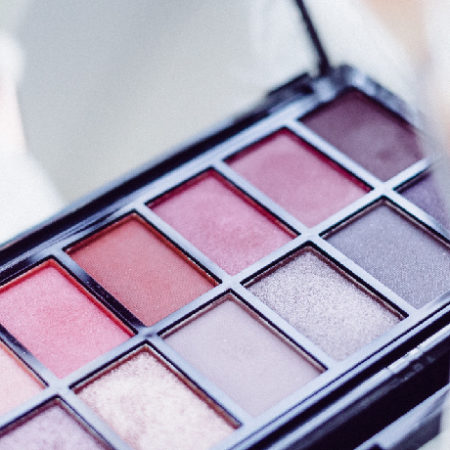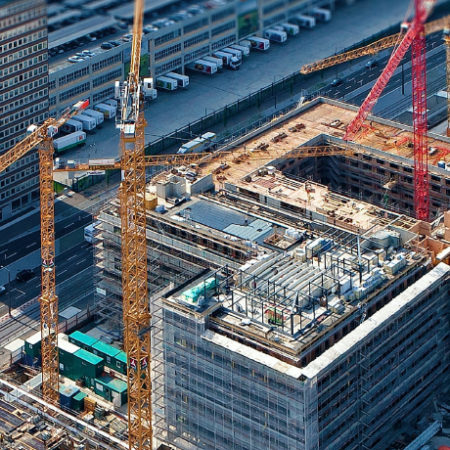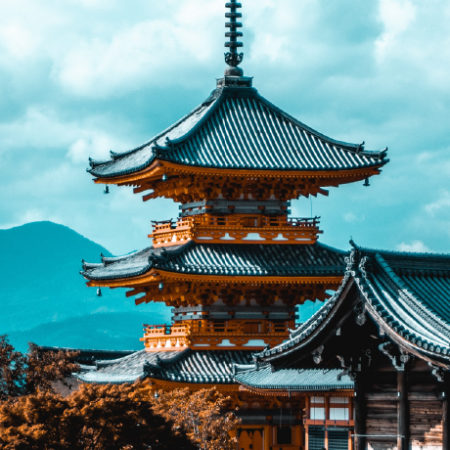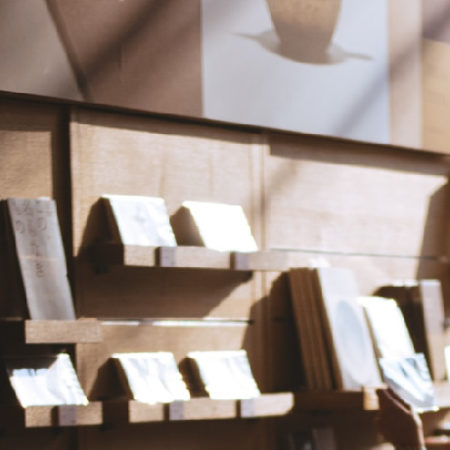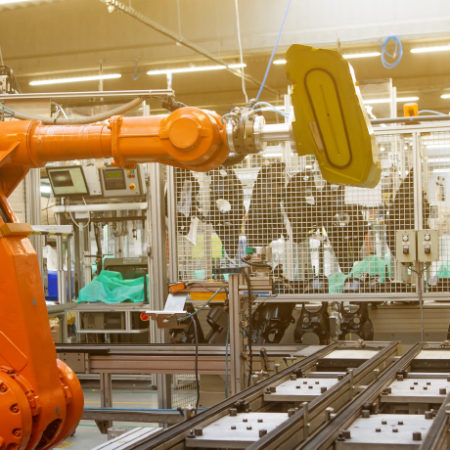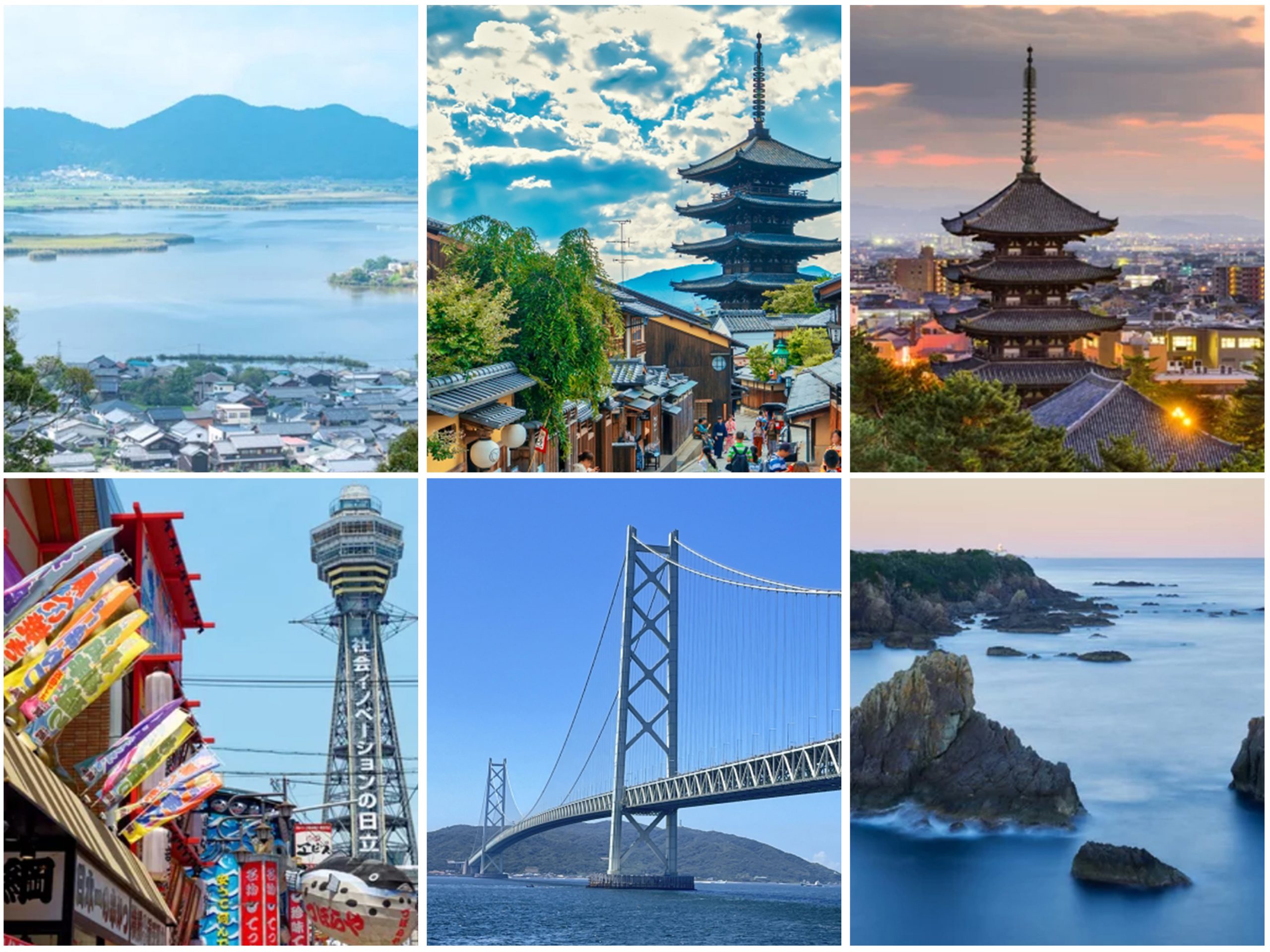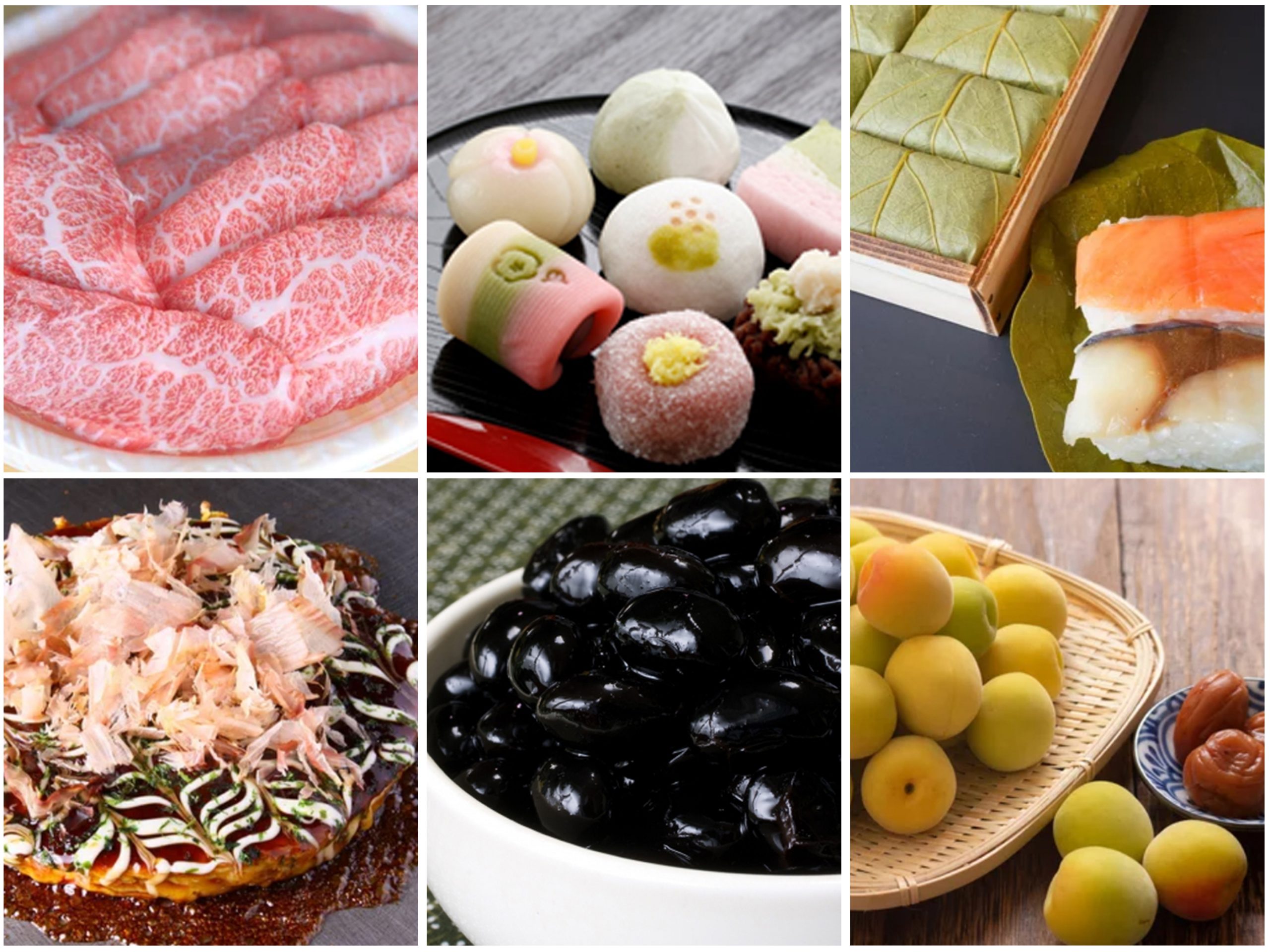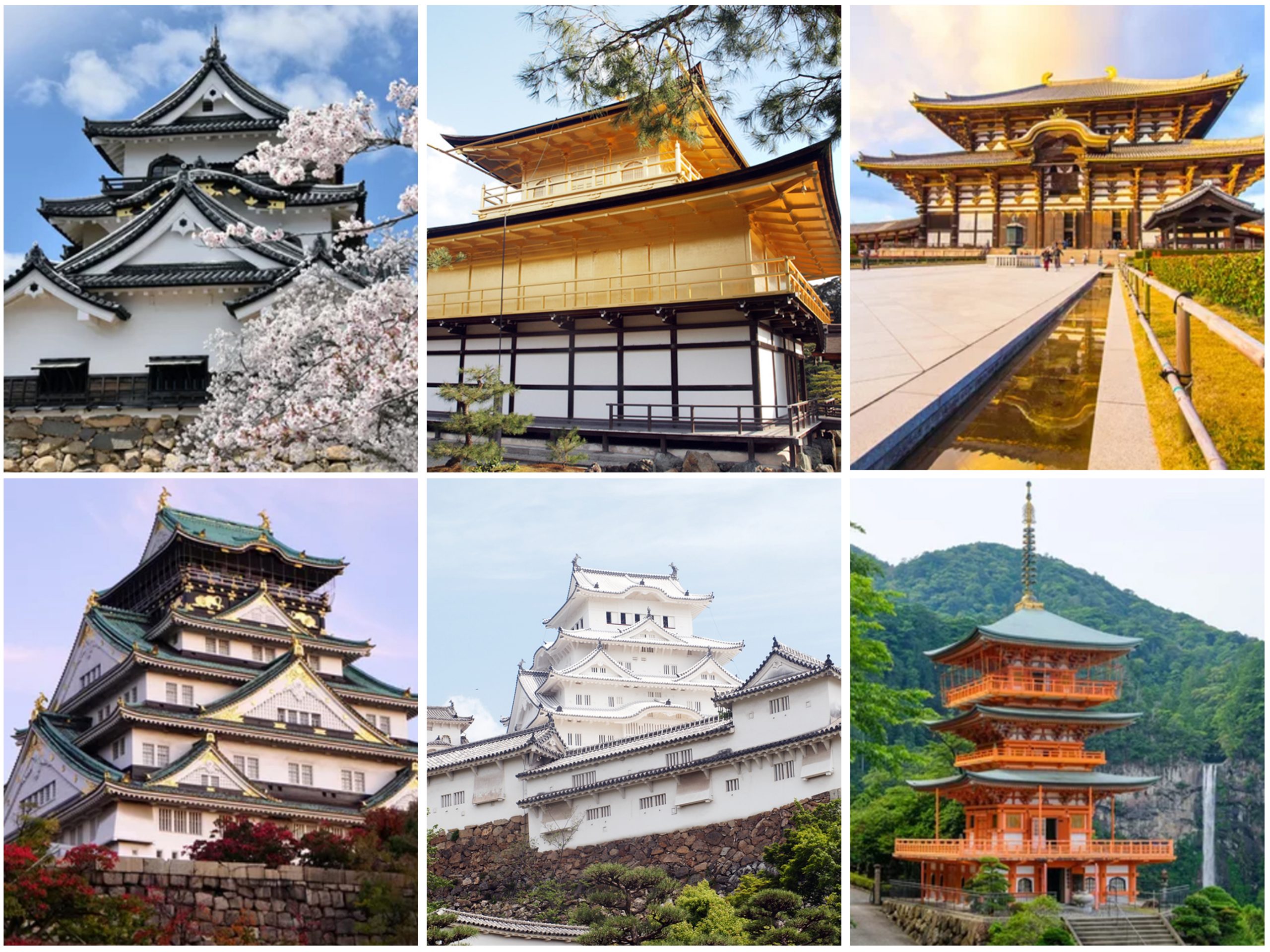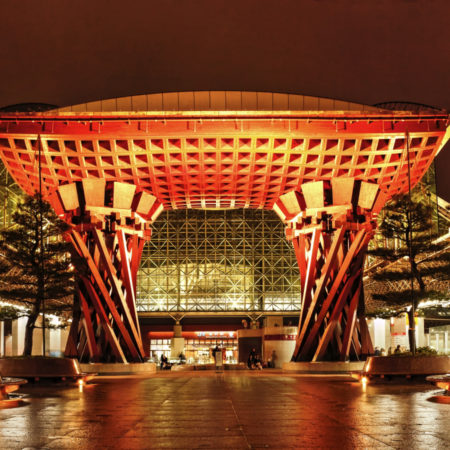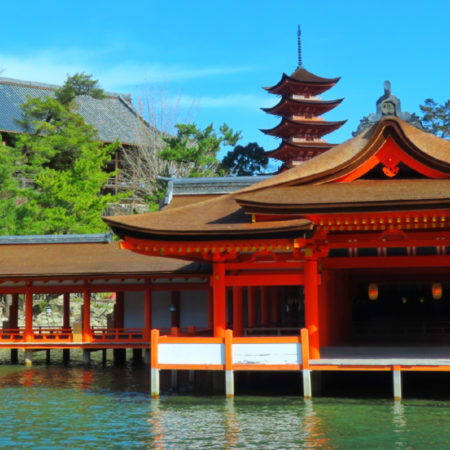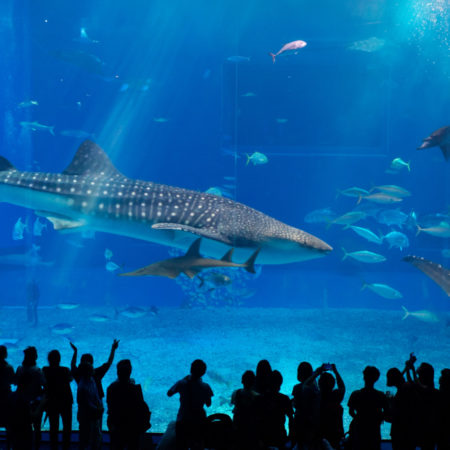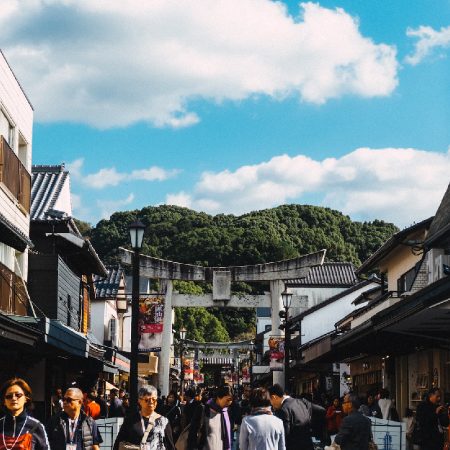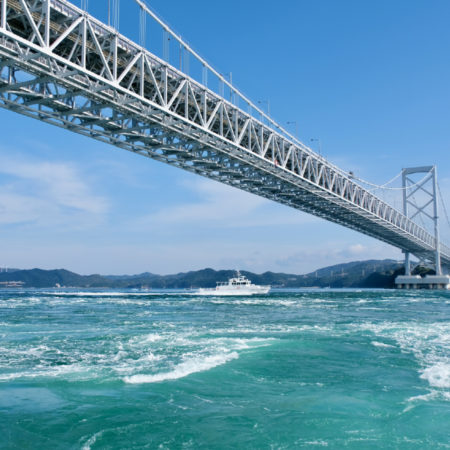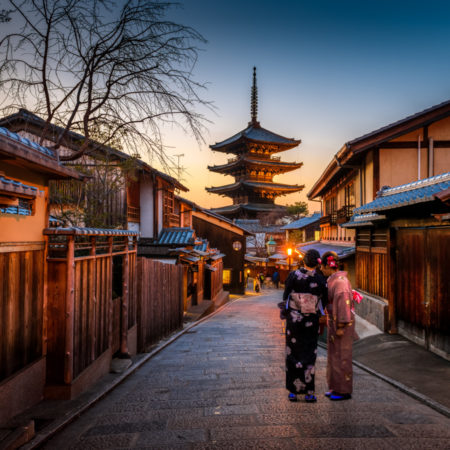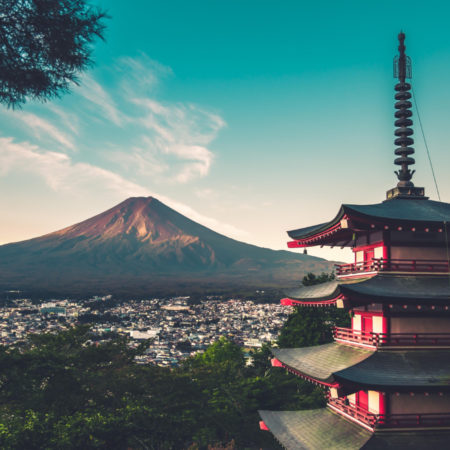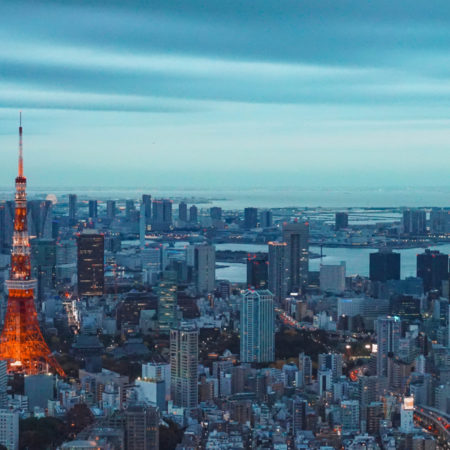Hyogo prefecture:Hyogo, the center of Japan
Hyogo Prefecture is located almost in the center of Japan. It is smoothly accessible to the world by air and by sea. And it is connected to every city in Japan by highway networks, railroads, and air. The Kansai region, where Hyogo Prefecture is located, is a major economic and cultural center as "another Japan" different from the Tokyo-centered metropolitan area. Since the opening of the Port of Kobe in 1868, Hyogo has served as the gateway to Japan, providing land, sea, and air transportation access to and from the rest of the world and Japan.
Wakayama prefecture:Wakayama, the southernmost region of the Kinki region, rich in nature
Wakayama Prefecture is located in the southwestern part of the Kii Peninsula, the largest peninsula in Japan, and most of the prefecture's land area is mountainous, mainly in the Kii Mountain Range. Blessed with oceans, mountains, and rivers, the prefecture stretches from north to south, and is rich in historical tourist attractions such as World Heritage sites, leisure activities, marine activities, onsen (hot springs), and gourmet food, each area has its own unique charm.
Osaka prefecture:the kitchen of the nation
Osaka Prefecture is located in the center of the Kansai region and is a metropolis that attracts a great deal of business and tourism.
Inheriting its history as the center of logistics and commerce, Osaka was called ""the kitchen of the nation"" in the Edo period (1603-1867), and the manufacturing and unique technologies of many small and medium-sized enterprises are supported around the world.
On the other hand, the city has also inherited its history of prosperity as a political and cultural center since ancient times, and still retains historical buildings and landscapes such as ancient burial mounds, temples, shrines, and Buddhist temples.
Nara prefecture:A treasure trove of world heritage
Nara Prefecture is a treasure house of Japanese history and culture. Many ruins and old shrines and temples still exist in the prefecture, and the beautiful environment where many historical buildings coexist with the present buildings is very attractive. The Yoshino Mountains in the southern part of the prefecture, with their steep mountainous terrain, have long been known as a sacred place of mountain worship, and in 2004, the entire Yoshino Mountain Range was registered as a World Heritage Site as "Sacred Sites and Pilgrimage Routes in the Kii Mountain Range.
Kyoto Prefecture:Kyoto Prefecture, a treasure house of history and culture
Kyoto Prefecture is known as the ancient capital of Japan and a treasure trove of Japanese history and culture. Kyoto City, filled with thousands of years of history, features beautiful Buddhist temples and shrines, traditional tea ceremonies, and kimono culture, and offers many attractions for tourists. The beautiful seasonal natural scenery and cherry blossom viewing spots are also worth visiting.
Shiga prefecture:Japan's largest lake
Shiga Prefecture is characterized by its beautiful natural environment, including Lake Biwa, and its historical heritage, such as Enryakuji Temple on Mt. Hieizan and Kongorinji Temple. Lake Biwa is the largest freshwater lake in Japan and offers a variety of marine activities and scenery. Shiga is also known for its marine products from Lake Biwa, Omi beef, Omi rice, and other gastronomic delights, as well as its traditional culture and festivals.
